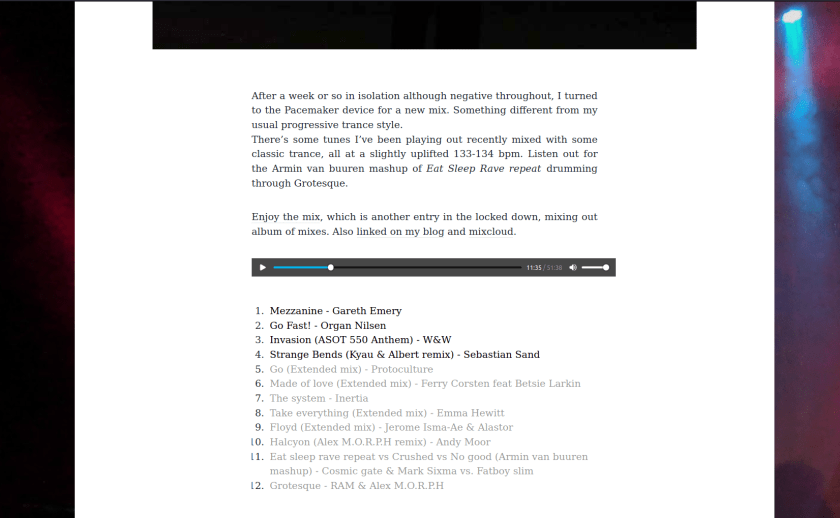
Imagine this happened to you? (This did happen on Thursday 16th June)
You have a terrible night from suspected flu and have to cancel plans to head down to Bath for a festival you are talking at. You are slightly concerned it might be Covid but having recently survived it, expect its not. Regardless you are hot and cold then decide to leave your 31c bedroom for a living room with a bigger fan and window which opens wider.
In your light dressing-gown, you attempt to open the window which you left open the night before. Thinking well maybe I got it wrong, heck flu does that to you. You go to the window and its stuck, looking at the inner restrictors which can be taken off if you choose so with a little key, which was given to us. The restrictors is off but one bent like someone pushed the window back on its self under some pressure from outside. This something which couldn’t have been done with the wind you puzzle.

Its not long after trying the window you come to notice a white plastic wire attached to the outside window and the outside frame. The temperature is high (31.8c) and the 20inch fan is simply blowing around hot air in the apartment. You start to wonder why this has happened?
You start to think its the window cleaners or builders as a temporary solution for me opening the window off its inner restrictors. So you look at the facebook group for the development. This is when you see a large thread about the exact same thing, which has happened to others.
So of course I demand answers from the management agent (who didn’t know anything about it) and also the owners (Waterside places). It turns out that at some point they may need to put extra restrictors on windows for when they are changing the glass on the building but failed to gain any consent from any of the residents. It was decided the day before and that was it! Zero notice.
This is the email response I got from Waterside places…
Hello Ian,
MS will be removing these first thing tomorrow and a formal notification of this will follow next week before any restrictors are reinstated.
Apologies for the inconvenience caused today. We have acted as soon as we were made aware of this.
Thanks
Joshua *******
Resident Liaison Manager
Islington Wharf Phase 1
Waterside Places
In the meanwhile I had already started cutting my way out, I just don’t trust that they will do it the next morning. Plus its still a greenhouse in my flat.

The biggest problem is anything which could cut the cord was too big to fit between the window and the frame. So ultimately I was left to using tiny pliers, knifes, etc.
The next morning, they did remove the restrictors but they float around like they can be reapplied at any time. Foreshadowing whats coming back soon?

Here is their message the next morning, with some kind of apology?
Dear Residents,
You may be aware that Morgan Sindall Construction installed window restrictors on a number of Block B apartments yesterday. The purpose of these restrictors was to ensure that the mast climber could safely operate on the façade of Block B without clashing with open windows.
Due to the high temperatures currently, residents raised concerns regarding available air flow into your apartments.
Accordingly, Waterside Places immediately instructed for these external restrictors to be removed promptly yesterday, and we have had confirmation this has been completed this morning.
We are awaiting our contractor’s revised proposals for dealing with the safety of the mast climbers. We will come back to you shortly on how we intend to proceed, ahead of the restrictors being re-instated and sincere apologies to those affected.
Kind Regards,
Apologetic? Not really
For me this is exactly the problem with our development. Its great we finally got the result but they have zero respect for the residents and our home.

Due to the architecture of Islington Wharf, when we have window cleaning (meant to be 3-4x a year, lucky if we get even 1) the window cleaners abseil down the building. All residents are informed this will take place and to not take their windows off the safety restrictors. This mainly works but there is lots of notice beforehand. Obviously this wasn’t true of a few days ago and I like others think this might actually be illegal?

Wall climbers, abseiling window cleaners, whatever it may be. You can’t actively restrict peoples windows from the outside.
All this just days after the 5th anniversary of the absolutely tragic grenfell tower fire in London. Also, my partner made the excellent reminder, that UK Government guidelines around Covid19 still suggest you to have windows wide open for a good flow of air when meeting people inside.

























